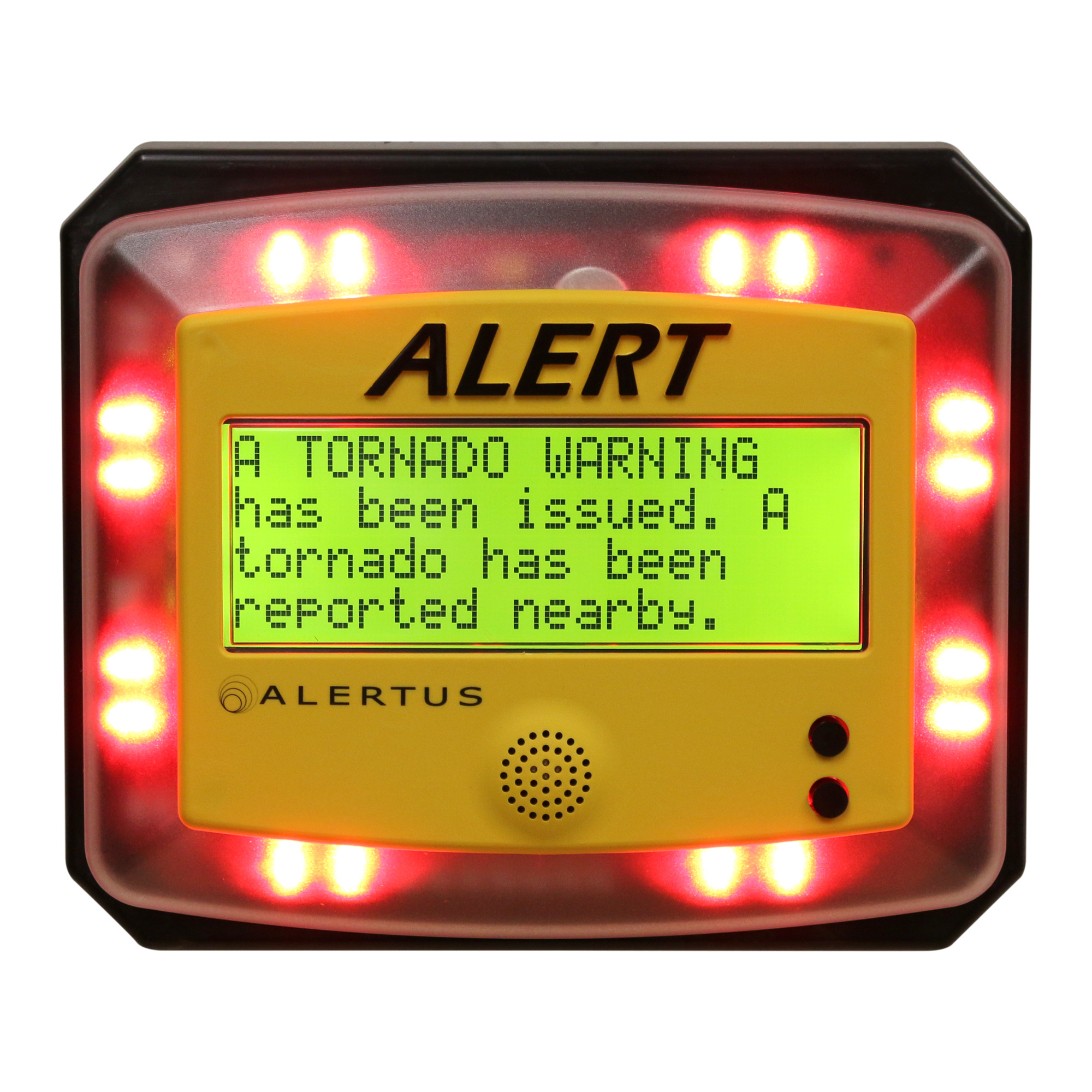Increasing Emergency Preparedness Through Detailed Notifications
Overview
Location: Daviess County, KY
Campus Type: Rural/Suburban
Enrollment: 11,490
Faculty: 1,706
County Size: 463 sq. miles
Building Count: 20
The recent increase in school shootings has brought a growing awareness concerning the lack of preparedness for such an incident in most schools. Most college campuses today have installed emergency mass notification systems to bolster campus safety, and many K-12 systems are following suit.
Daviess County Public Schools recognized their need for increased emergency preparedness and sought a solution capable of quickly sending detailed alerts to their numerous schools. Alertus Technologies provided the school system with the tools necessary to achieve this goal and go above and beyond what Daviess County thought was possible with an emergency notification system.
With dozens of schools spread across hundreds of miles, Daviess County Public Schools required an all-encompassing notification system capable of sending emergency alerts to every one of their facilities instantaneously. Faculty members gathered bits of information from multiple sources without one central source from which to obtain emergency information, resulting in conflicting messages and confusion between each school in the system. Previous methods of notification proved to be ineffective and costly to maintain. Daviess County officials needed a notification system that could link together their facilities without any chance of failure.
Jim Barr, Safety Coordinator at Daviess County Public Schools, and Lora Wimsatt, PR Specialist, discuss the school system’s unique challenge and solution.
Challenge
The Problem with Current Notification Methods
Jim Barr: I think that the increase in school shootings really raised awareness of the lack of preparedness for school notification systems. We’ve had several electronic systems in our buildings for emergency notification in the past. Many of them were failing, and the cost to repair them was high.
Laura Wimsatt: Before Alertus, during emergencies, the individual would have to get to a cell phone or email or something, and then they have to depend on the person on the other end being there to receive the message. The problem is, what if the receiving person is away from their desk, forgot their cell phone, or is out for whatever reason? One of the big advantages that we see of the Alertus system is that it is constantly monitored. So even if Jim or myself is not present, somebody will hear the Alertus system and respond to it.
Jim Barr: Additionally, we used weather radios and Motorola radios between buildings. We found that people turned them off because they got too annoyed with the constant chatter. We’ve found that the principals in the building, when there’s apparent severe weather out, they’re looking at all kinds of things. They’re looking at the TV and listening to weather radio alerts, but they’re not going to depend on one thing for all of their information. From the district-level point of view, we need to be sure. When we monitor weather situations and decide it’s severe, we know that we can send out the alert very quickly, and we know that they receive it.
Solution
The Right Tools to Build a Better Sense of Security
The wall-mounted Alertus Alert Beacon® sounds, flashes, and displays an alert message in the event of an emergency.
Laura Wimsatt: Among our possible threats could be an irate parent who gets violent. Since obviously, one couldn’t simply pick up a phone in front of that person, the Alertus system and the panic buttons allow you to silently activate an alert. The panic button alerts the central office and maintenance buildings, and trained personnel can react accordingly. Once we receive the alert, we contact 911 and contact the location to try and confirm the emergency to see if it is a false alarm or if it is indeed a serious situation. Users can quickly launch an alert for a general emergency—such as an accident or medical emergency—by simply pressing the panic button.
Jim Barr: We put one Alert Beacon in the office of every school. The Alert Beacons really serve as points of information that link each school. The faculty in the offices in the school know that they receive messages through the Alert Beacon, and if they need to activate the system, they know to hit the panic button.
Laura Wimsatt: Obviously, our responsibility is the education of kids. It’s critical that these kids be kept safe, along with our staff. Alertus is a great tool to add to our toolbox to achieve that goal. Anything that we can do to ensure a quick response to situations that need assistance is very beneficial for our schools.
Conclusion
Don’t Replace Your System; IMPROVE It
Jim Barr: We liked that Alertus took advantage of our existing network. We didn’t have to add any infrastructure. It was simple to integrate into all of our buildings. We didn’t have to do a lot of wiring to get them operational. Since our buildings were already connected with a wide area network, it seemed natural to put devices in each building that took advantage of that network. It seemed like common sense to me to connect all these buildings and have a central server controlling it.



